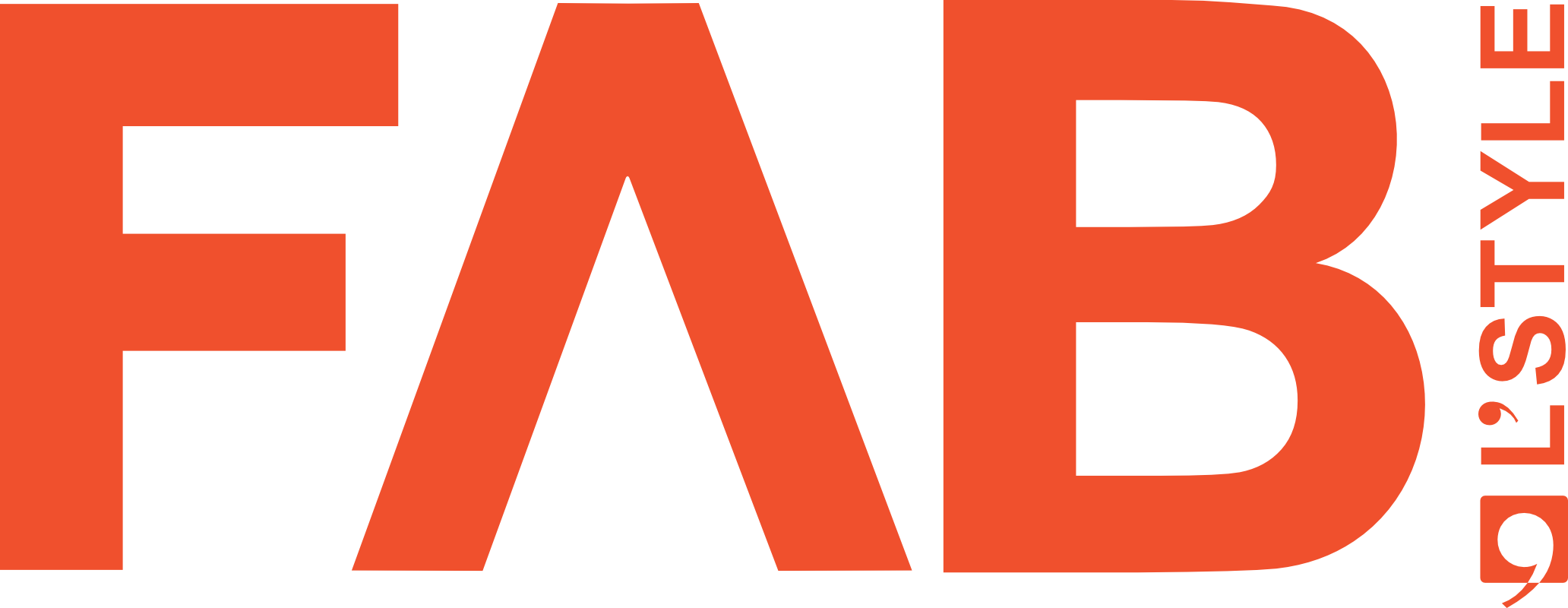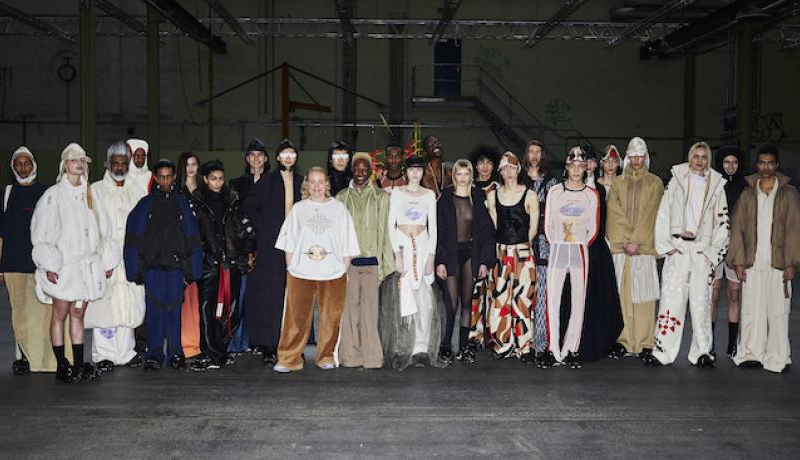Over the past decade, the definition of luxury apparel has evolved and broadened. For many fashion shoppers, the original idea of “slow fashion,” a ubiquitous phrase in fashion, is synonymous with purchasing ethical items made from sustainable materials. Admittedly, we all have different reasons for wanting to start or join the slow fashion movement, but we can all agree that feeling comfortable and confident about the clothes we’re wearing is important.
But what does this term mean for people who may be looking to buy their first expensive item of clothing? What does it actually entail? Why should you care? These are questions that arise in the minds of many people who want to get involved in the slow fashion movement. There are many ways to go and many paths that lead you to your destination. In this article, we will share how you can start slow fashion from your little space.
What Really Is Slow Fashion?
Slow fashion is the art of sourcing and buying clothes that are sustainable, ethical, and made locally. In other words, it is an approach to fashion that aims to minimise the impact on the environment. It’s also about being intentional about the way you live your life and how you choose to spend your money. However, it can be broken down into two parts: the clothing itself and how it is made.
So what does it mean to be “slow?”
It means taking time to research where your clothes come from, how they were made, and how many people are involved in their production process. It means carefully considering whether or not a piece of clothing is truly something special before you buy it. Also, it means making sure that no one else has worn this garment before (or, if they have, washing it separately).
Start Slow Fashion As A Consumer
When you are shopping for slow fashion, you should look at whether or not the garment was made from organic materials or grown in an eco-friendly way. If it isn’t organic or natural, then you should look for another product or brand. You can also look for brands that have a sustainability rating system on their website so that you know what kind of impact they are having on the environment.
The second part of slow fashion is how it was made. This includes things like what type of machinery was used (if any), where the raw materials came from (if any), and how those raw materials were processed into finished products. You can also look for brands that use recycled or recyclable materials when possible, because these types of items reduce waste by minimising packaging needed after purchase.
Start Slow Fashion As A Fashion Entrepreneur
- Define your sustainability ethics: have total control over your production processes to ensure that your contribution to environmental damage is as minimal as possible.
- Source eco-friendly materials: Go for natural and organic fabrics, which have fewer negative impacts on the environment than synthetics.
- Develop your design concept and ensure good quality. Focus your designs on a specific target audience and make sure to create quality products that are durable and not merely centred on profit-making.
- Implement fair labour practises: Make sure that you are fair to your workers and that you do not underpay the few people that are working with you.
Why should you care?
You can make a real difference in the world by buying less stuff and supporting local businesses. Your dollars go further when they stay within the community, too. You don’t have to drive all over town in order to buy quality clothing—you can support local businesses instead! Discover Uncommon Sugar Substitutes For Your Diet.
Fast Fashion and Environment Pollution
There are lots of concerns about how plastic fibres are polluting the oceans and how toxic dyes are polluting many waterways. The fashion business is confronted with significant ethical and sustainability issues. Textile dyeing continues to take the seat of the second largest polluter of clean water globally, the first being agriculture. The fashion industry’s quest for commercial success has resulted in what is known as “fast fashion.” Fast fashion is more focused on producing large volumes of clothing while sacrificing quality. And the producers are indifferent about underpaying their employees or how much harm they inflict on the environment and animals.
Take some time to ponder the supply chain of the cloth you are wearing. Do you know that as a result of many fashion brands and retailers trying to meet growing sales goals and high consumer demands, our environment suffers? Slow fashion has remained an alternative to fast fashion for many environmentally conscious fashion shoppers. Fashion brands and retailers, in slow fashion, give special consideration to sustainability issues in the fashion industry. Follow fabl’style on Instagram for the latest fashion news.
Slow Fashion Does Not Mean Cheap
Starting slow fashion doesn’t mean settling for poor quality fabric or cheap clothing. In fact, you can still look stylish while saving your hard-earned money! Slow fashion is all about embracing the timelessness of quality products and the clothing you buy.
How’s this for a simple question? When do you join slow fashion? Well, if you’re approaching slow fashion with the right attitude and just leave aside the status of being a beginner then it is possible. You can start your adventure this new month by making a simple wardrobe change.











